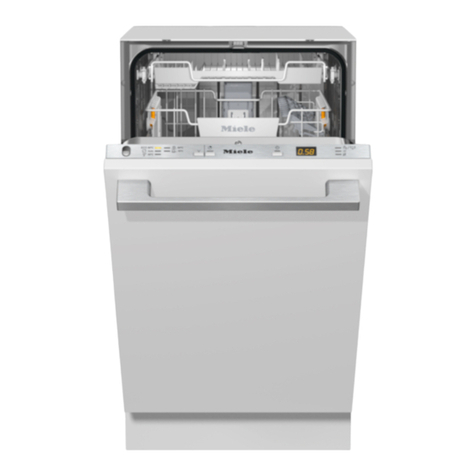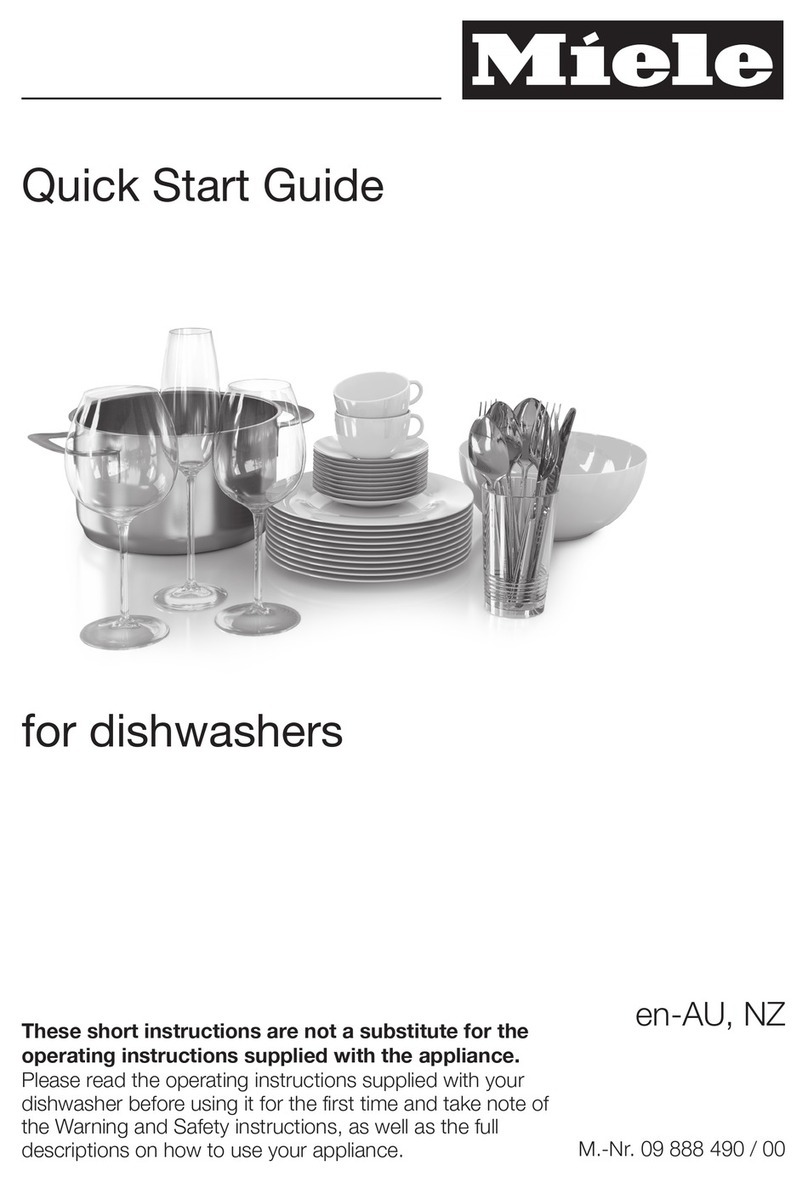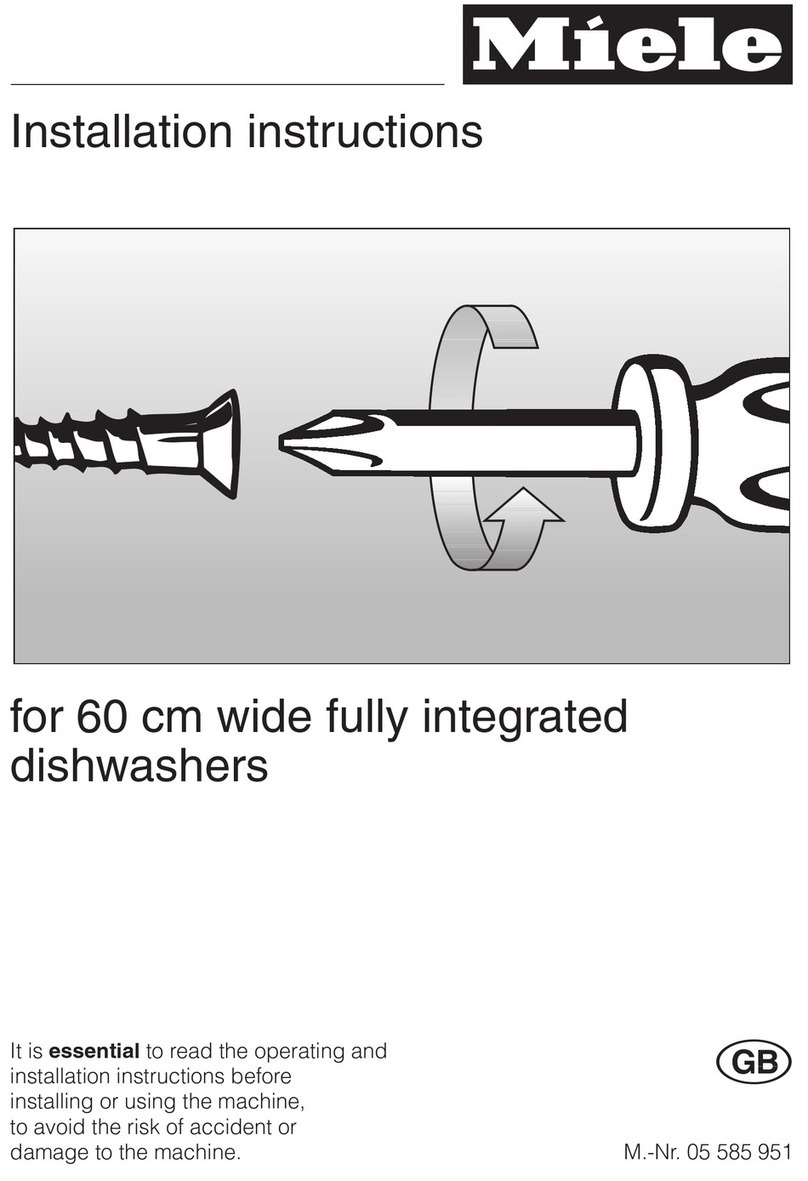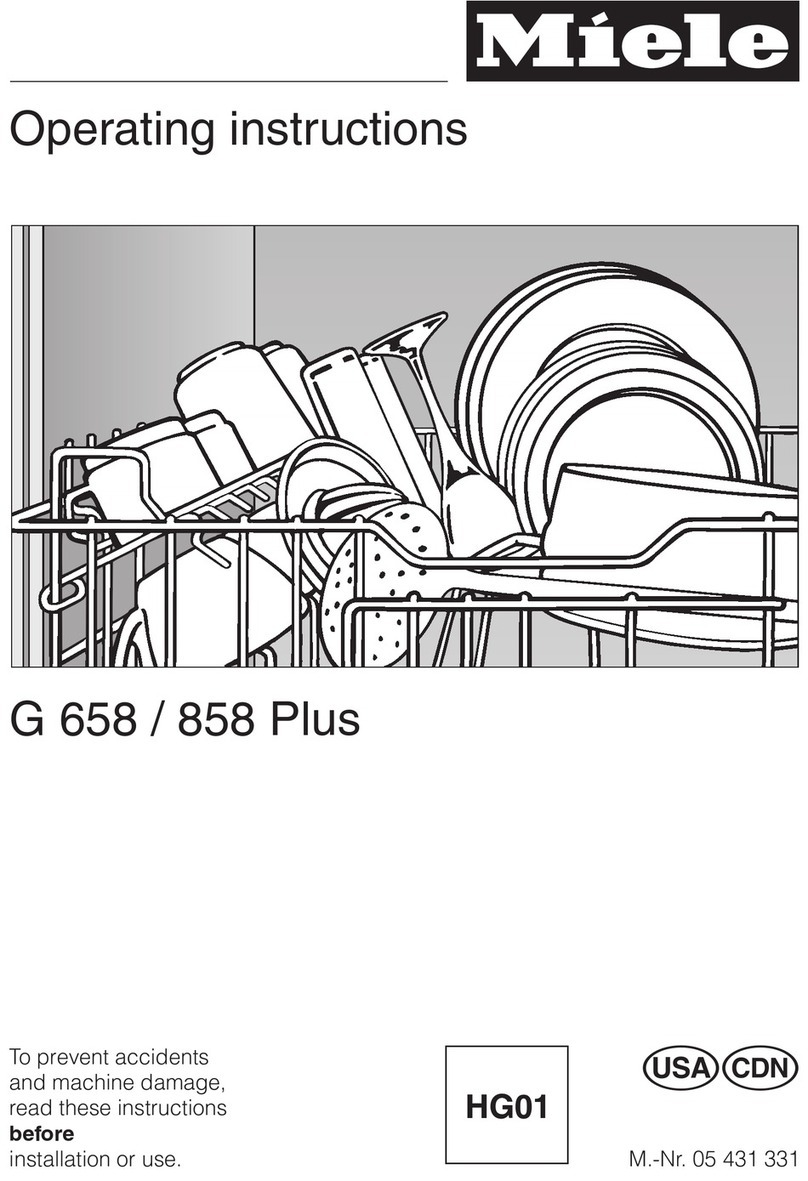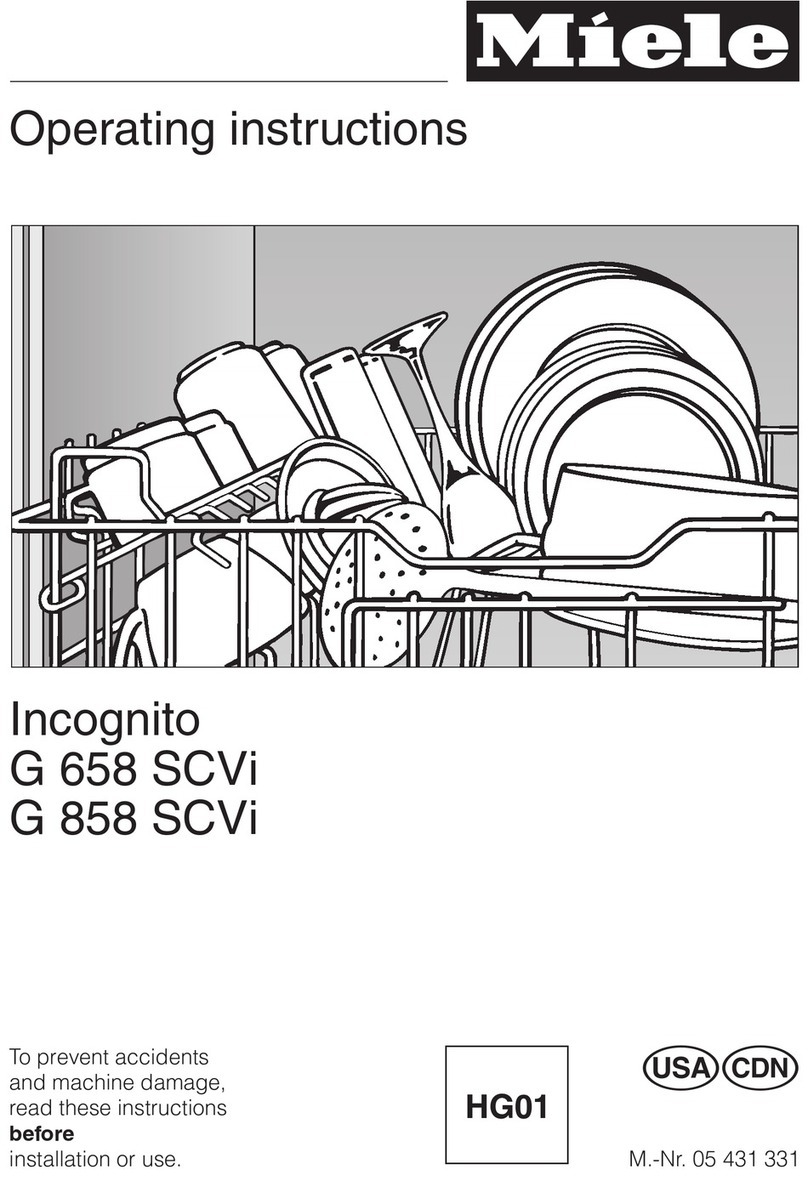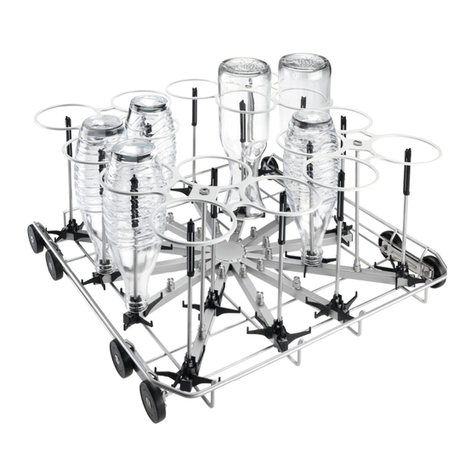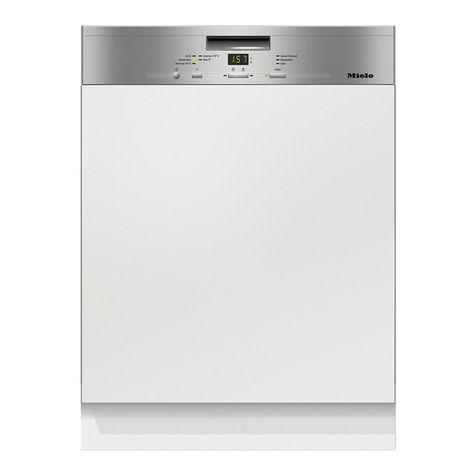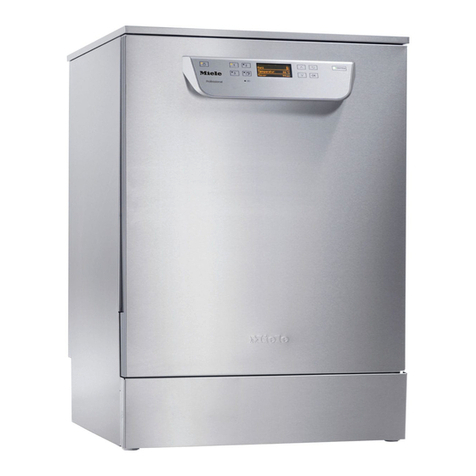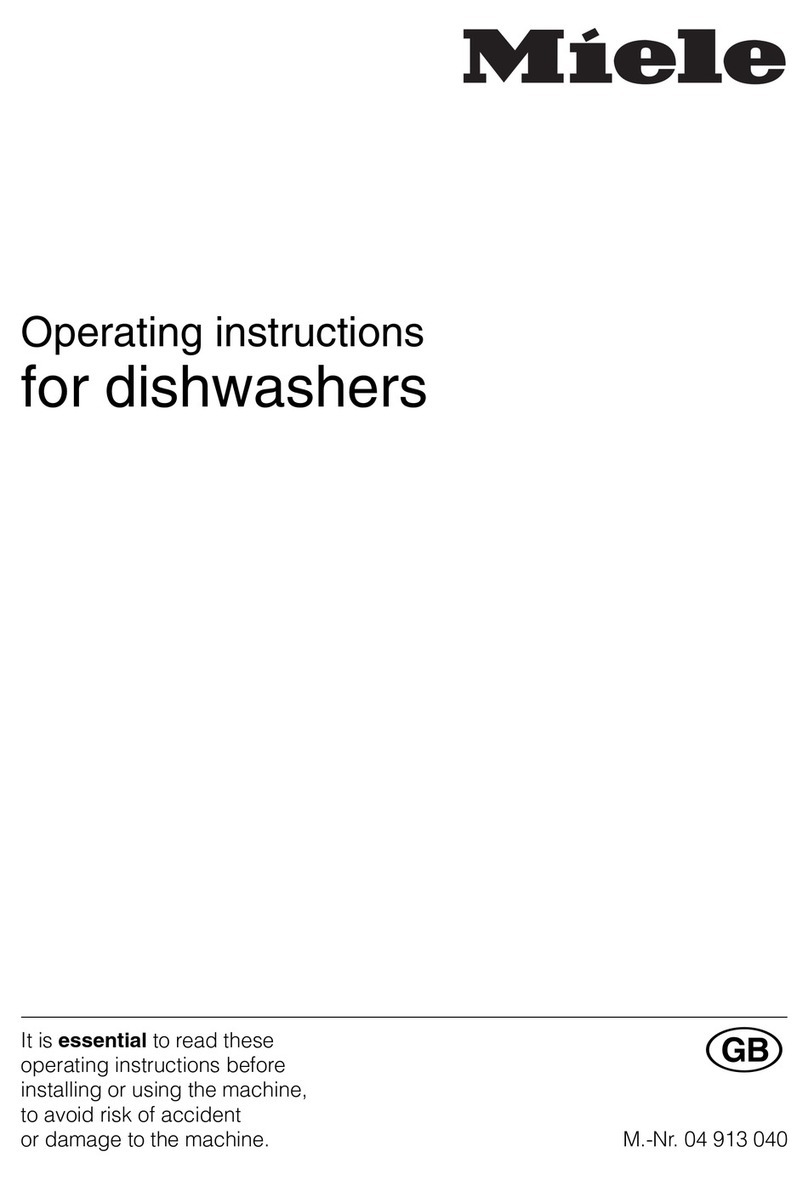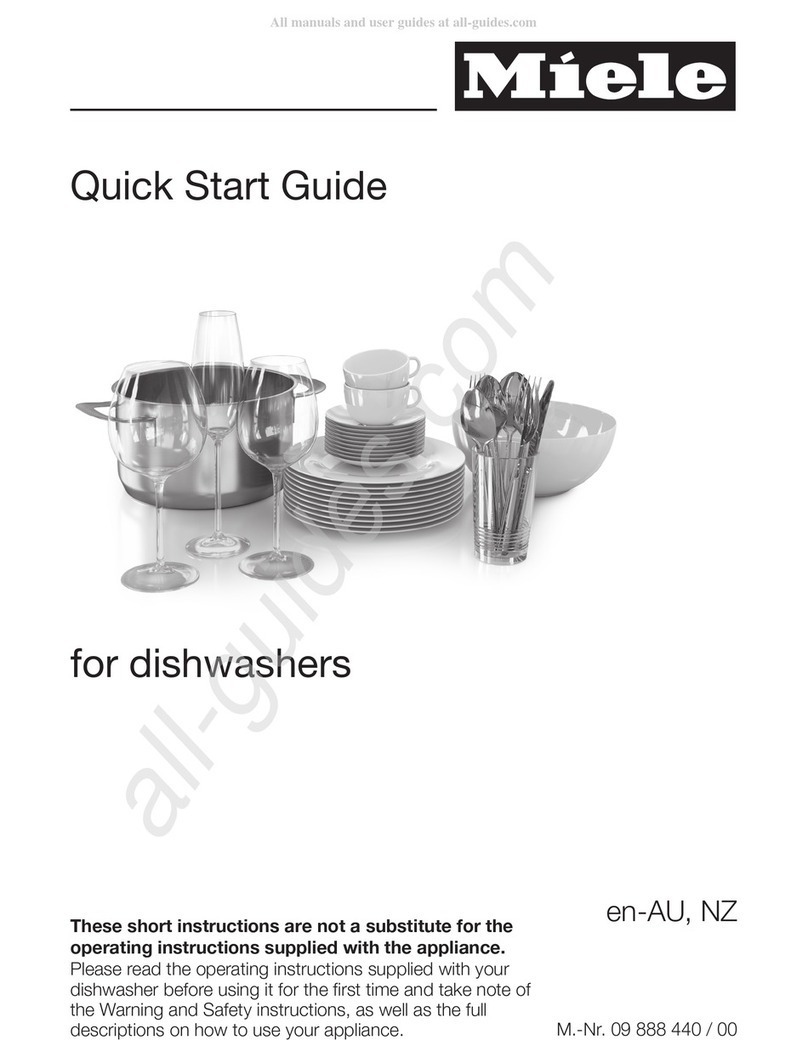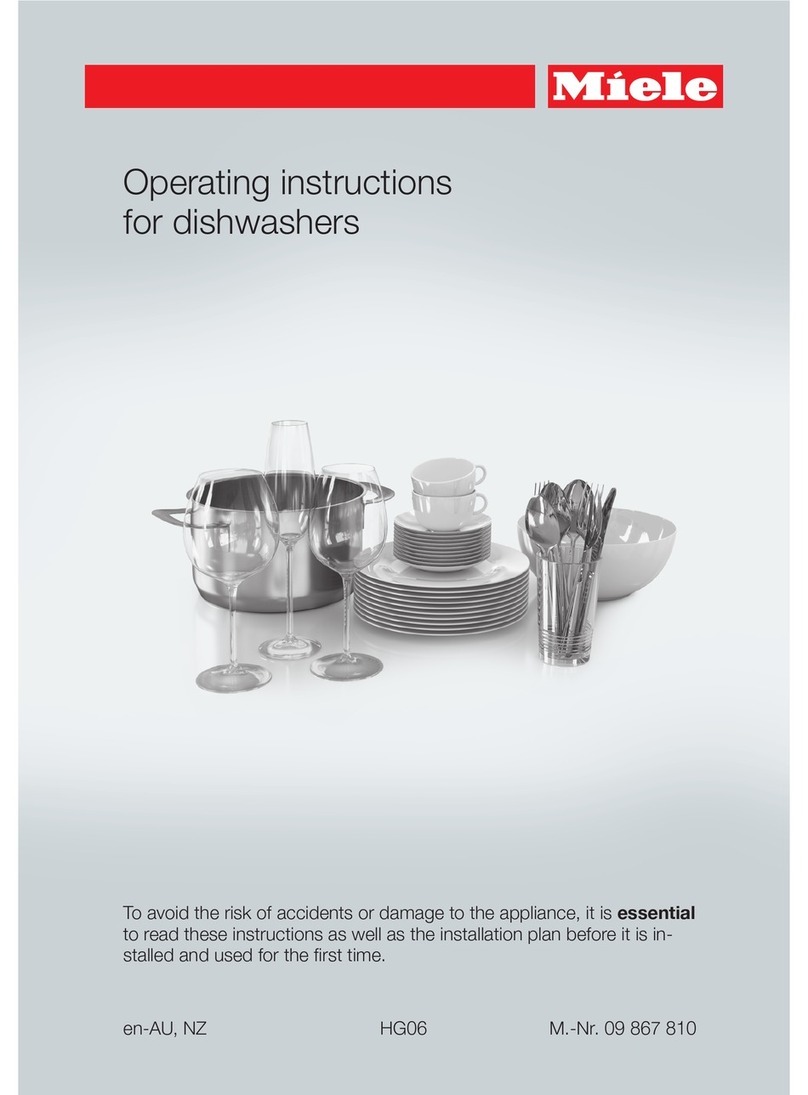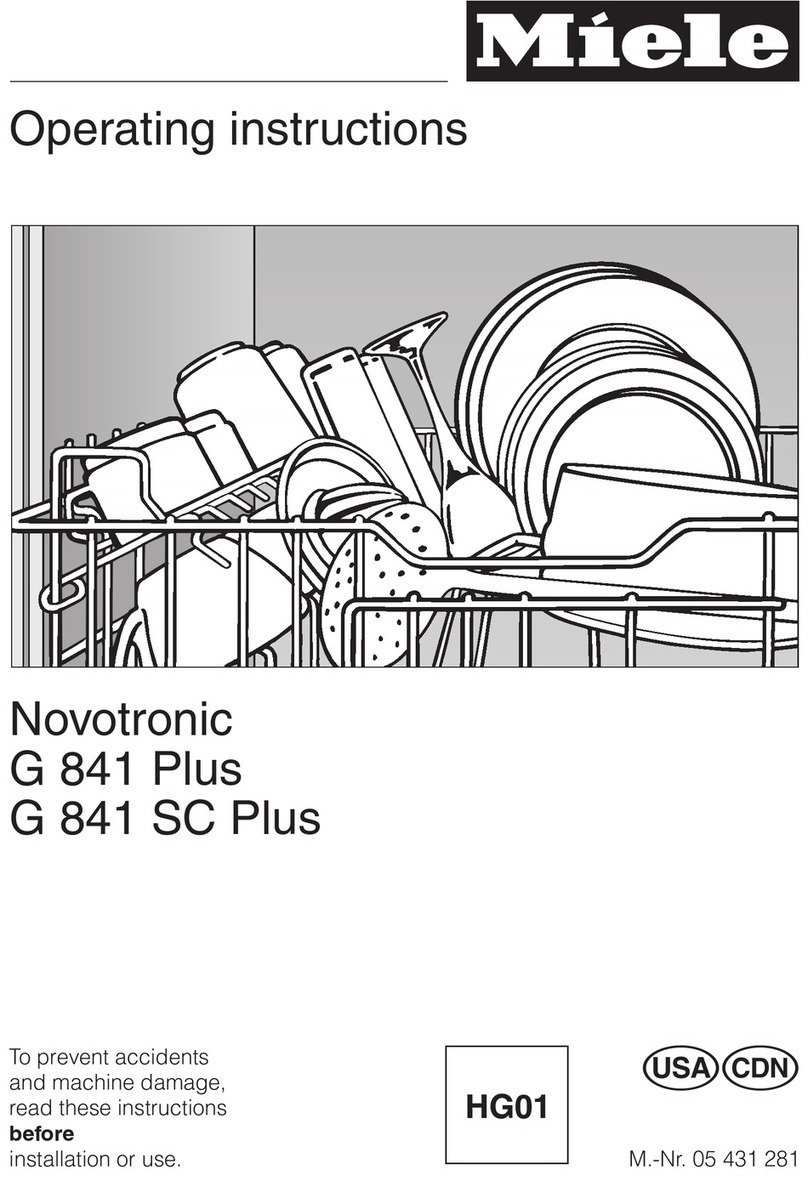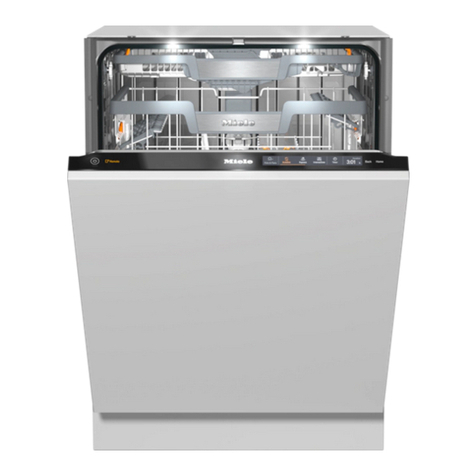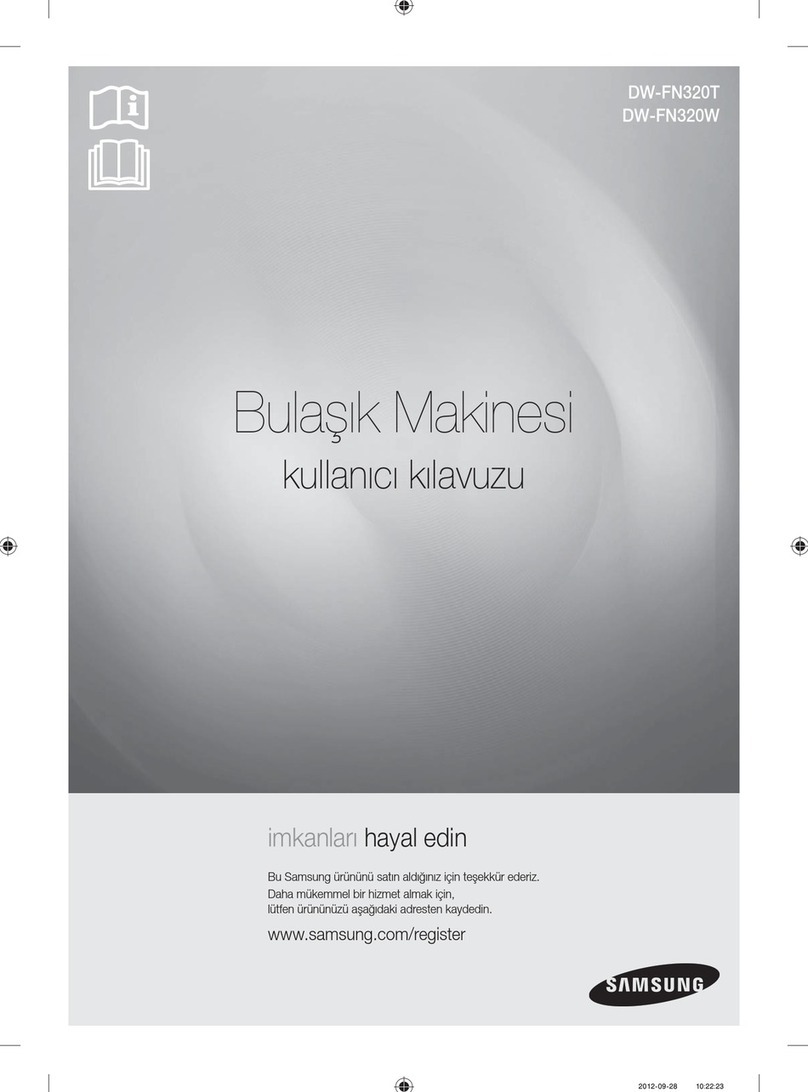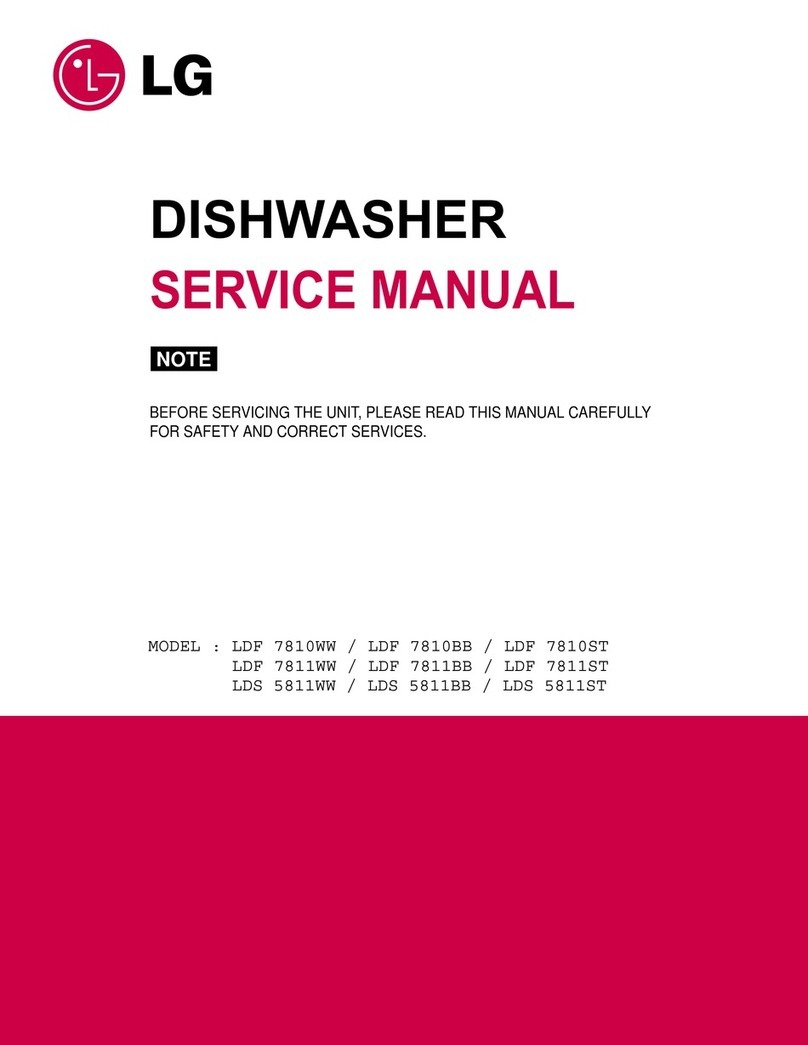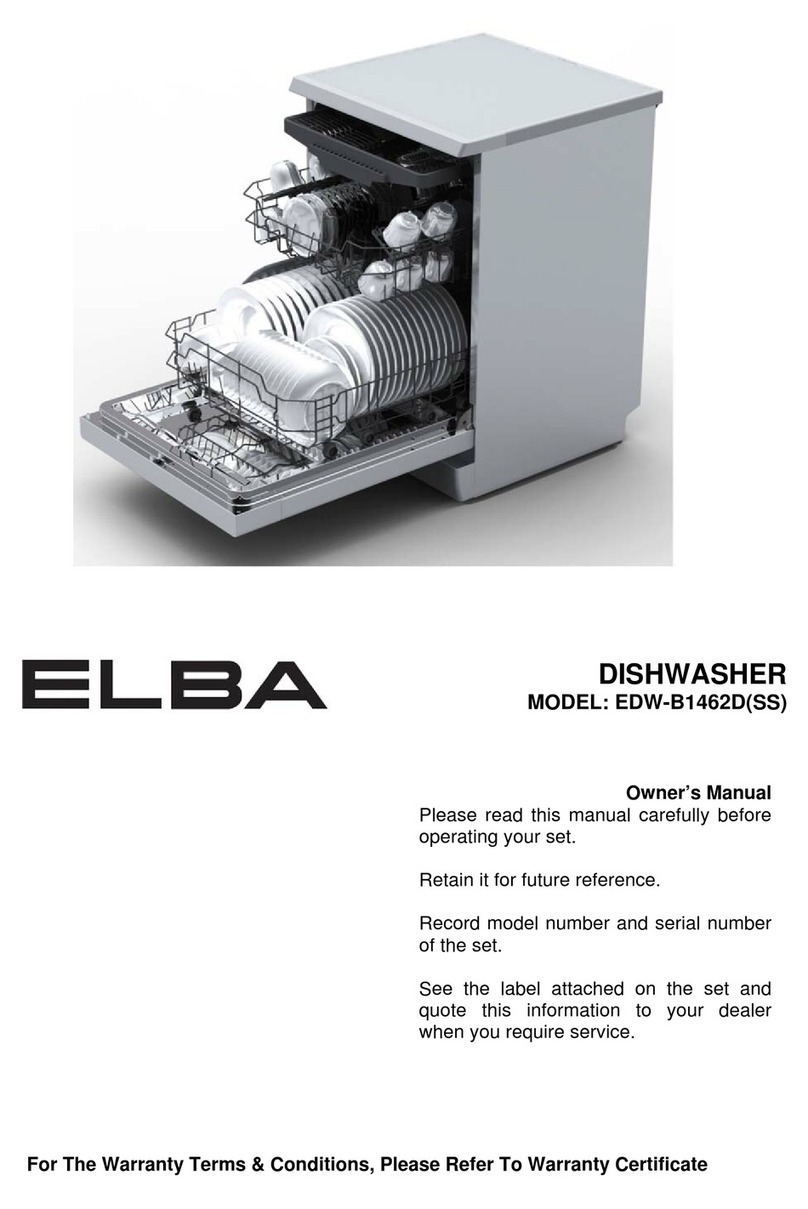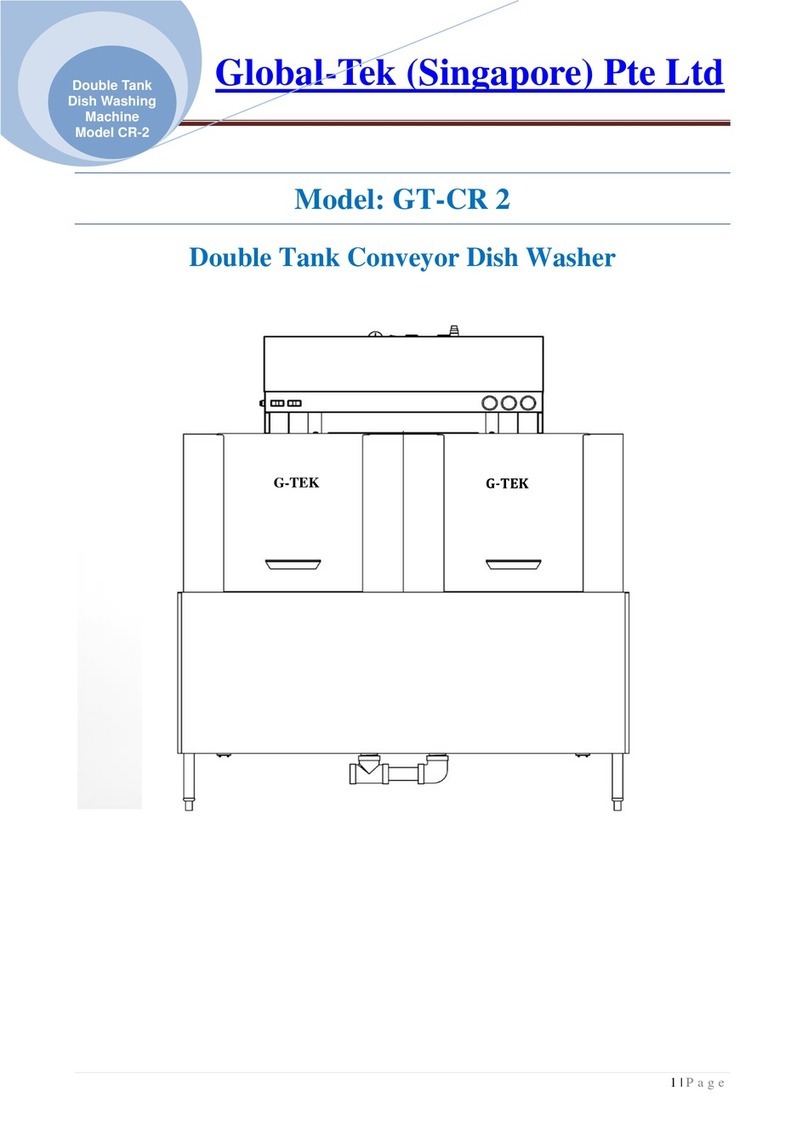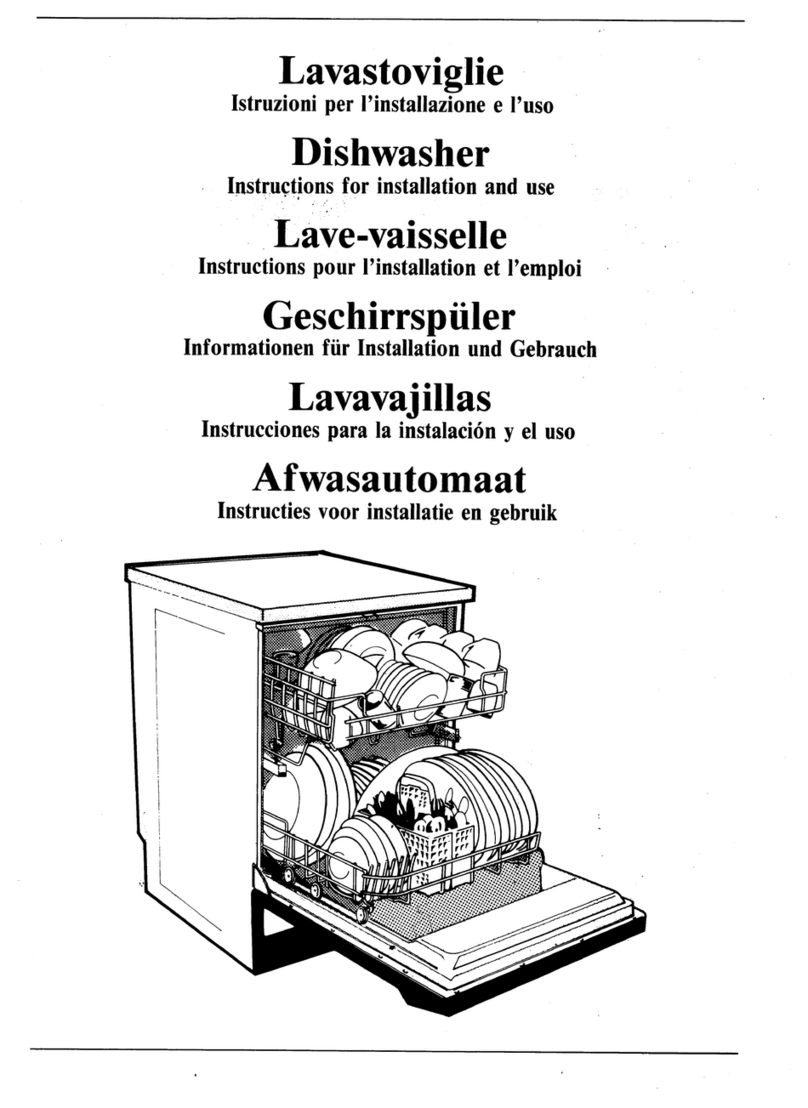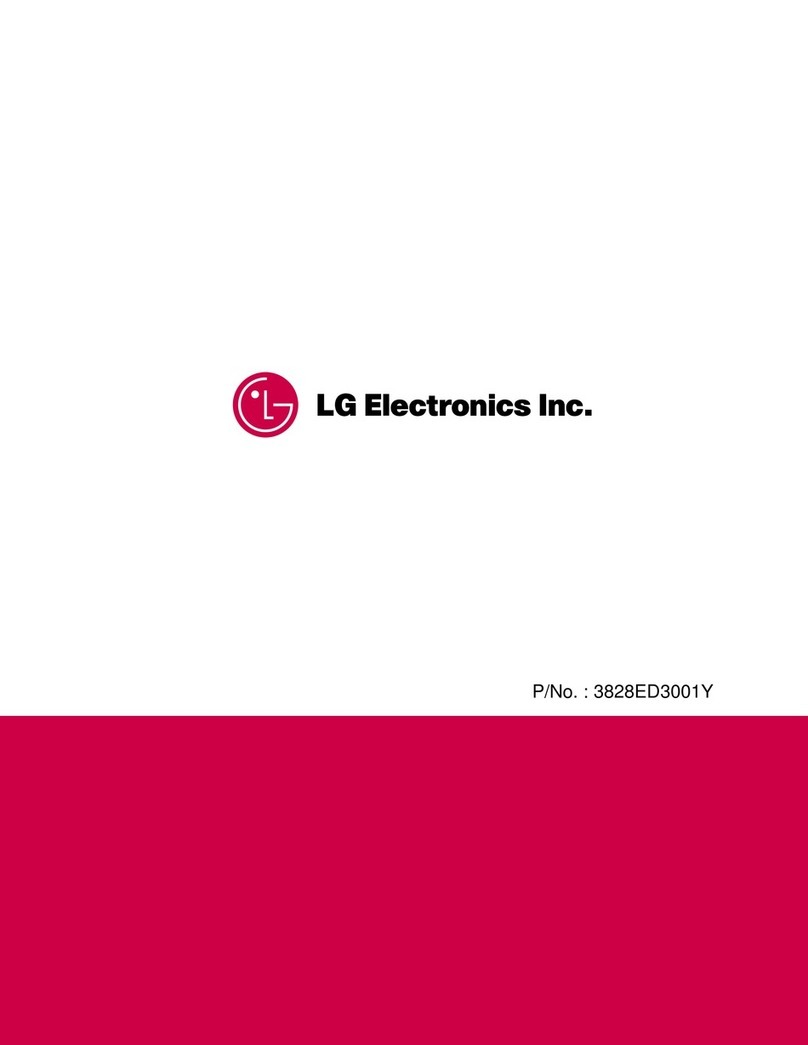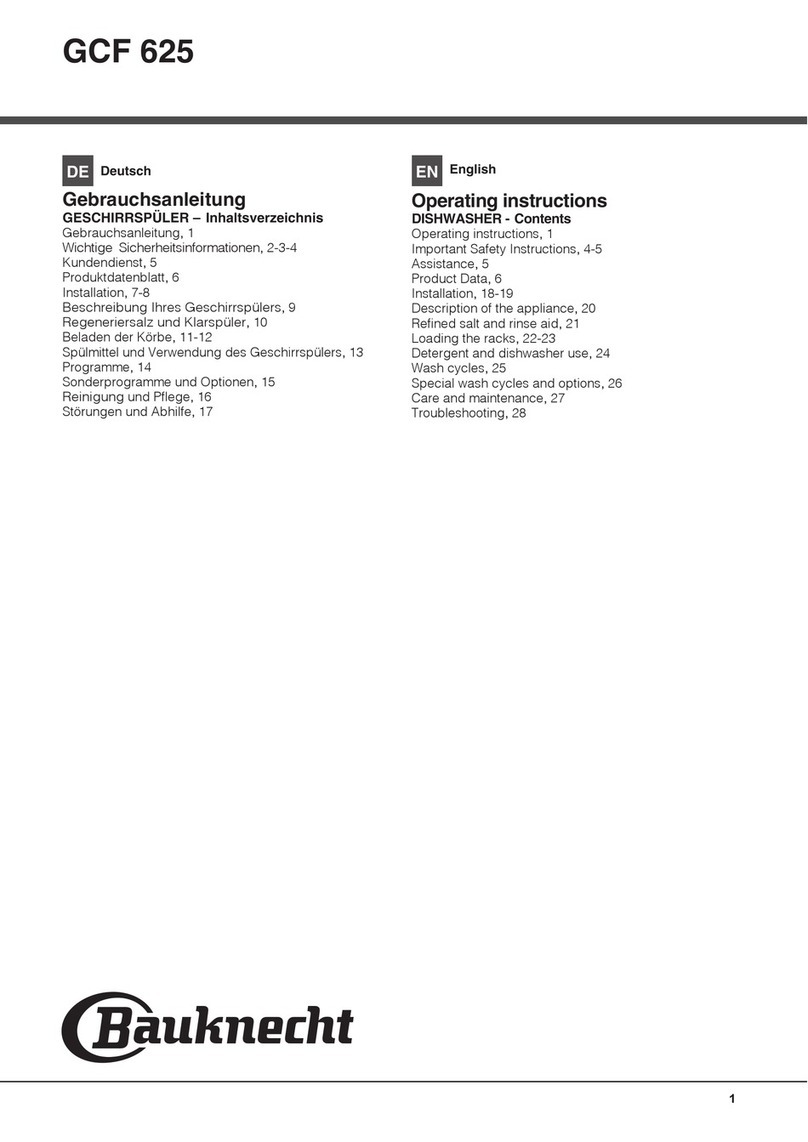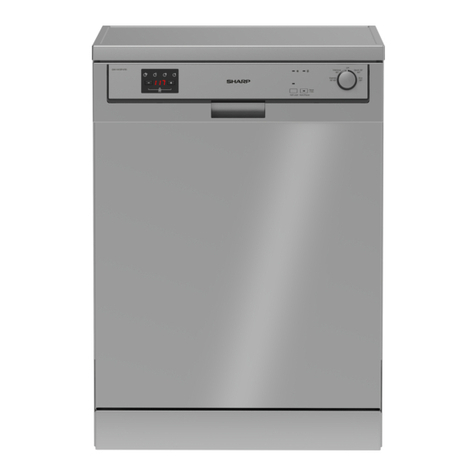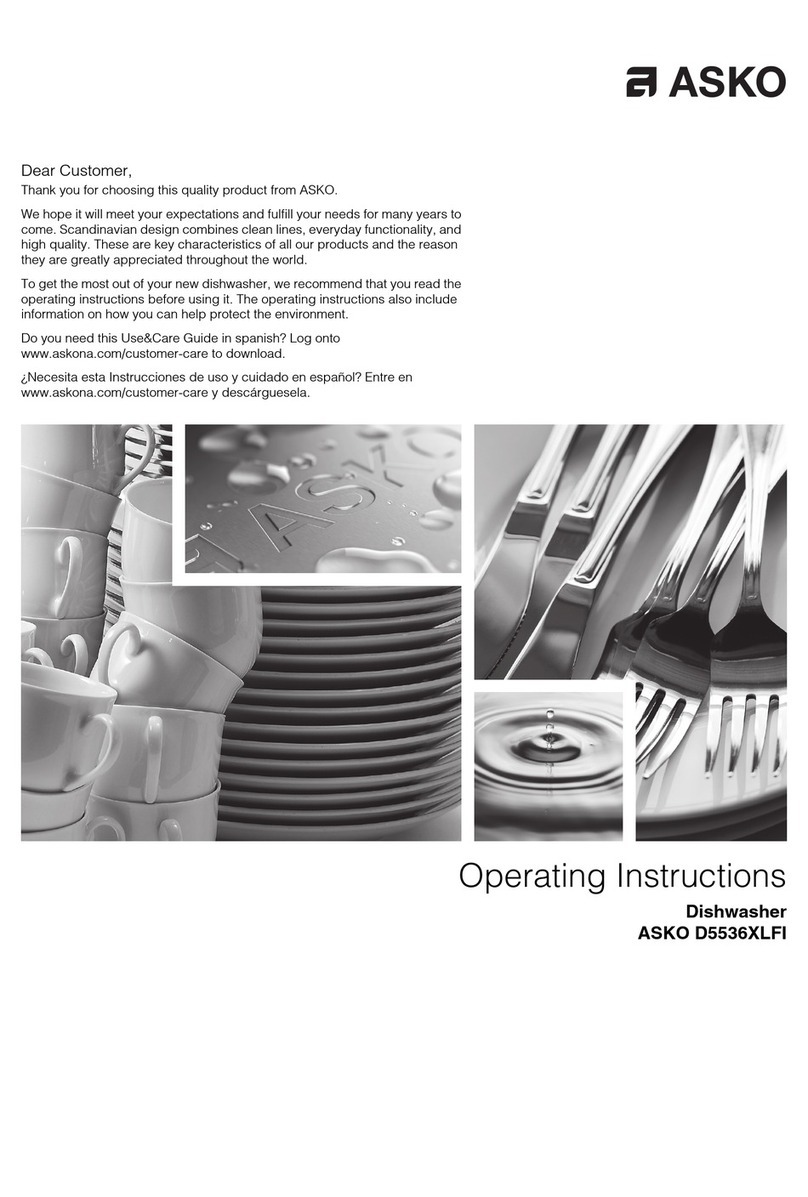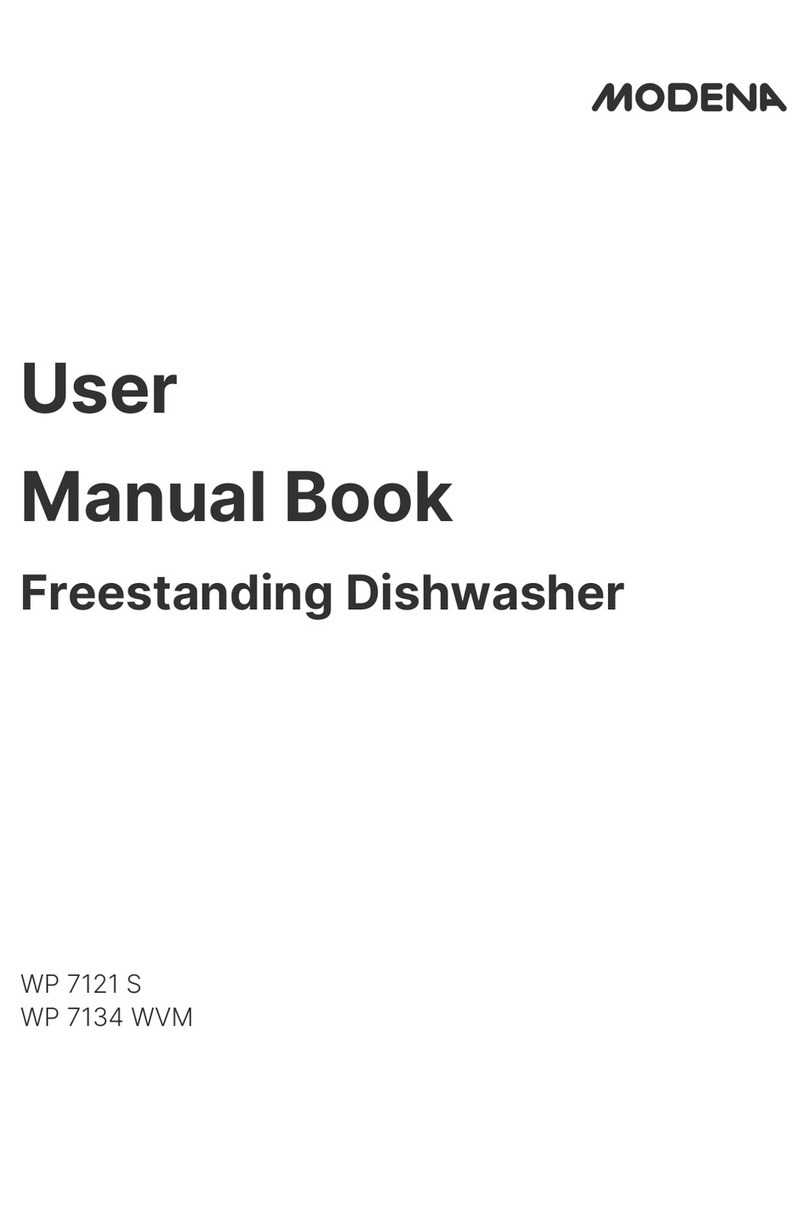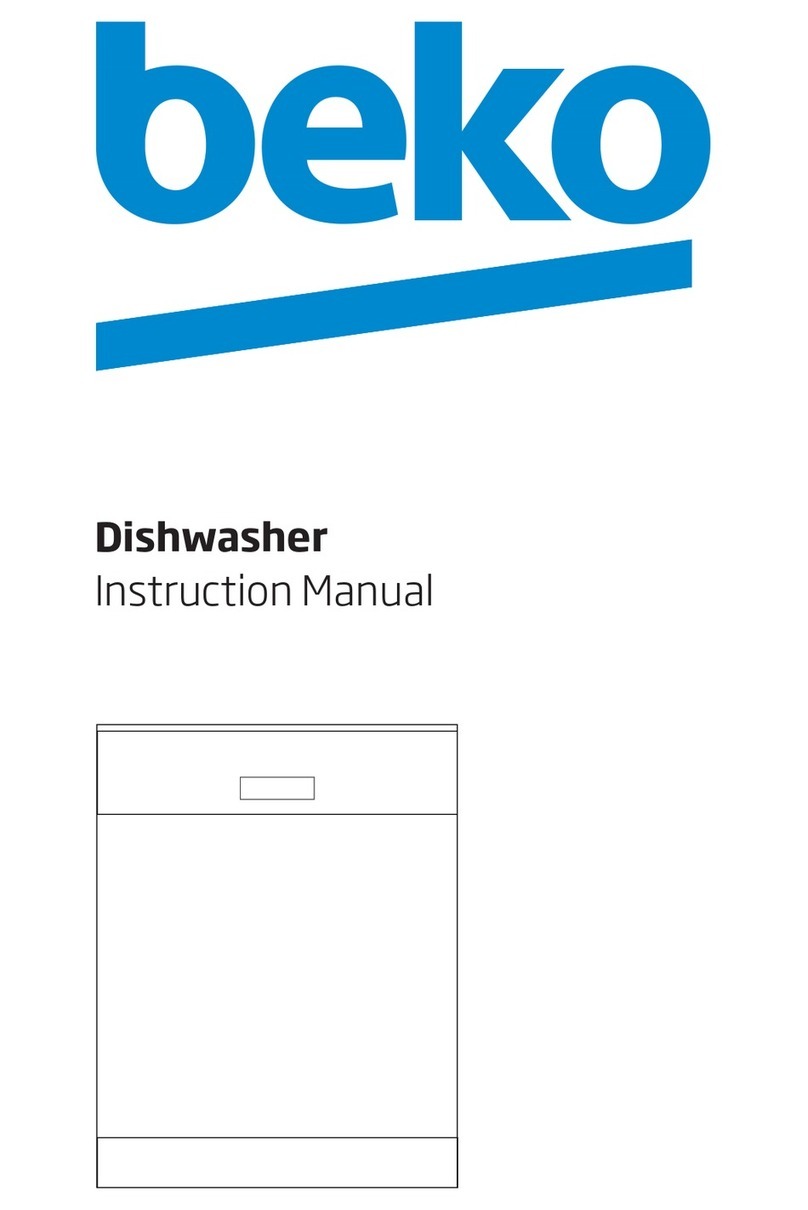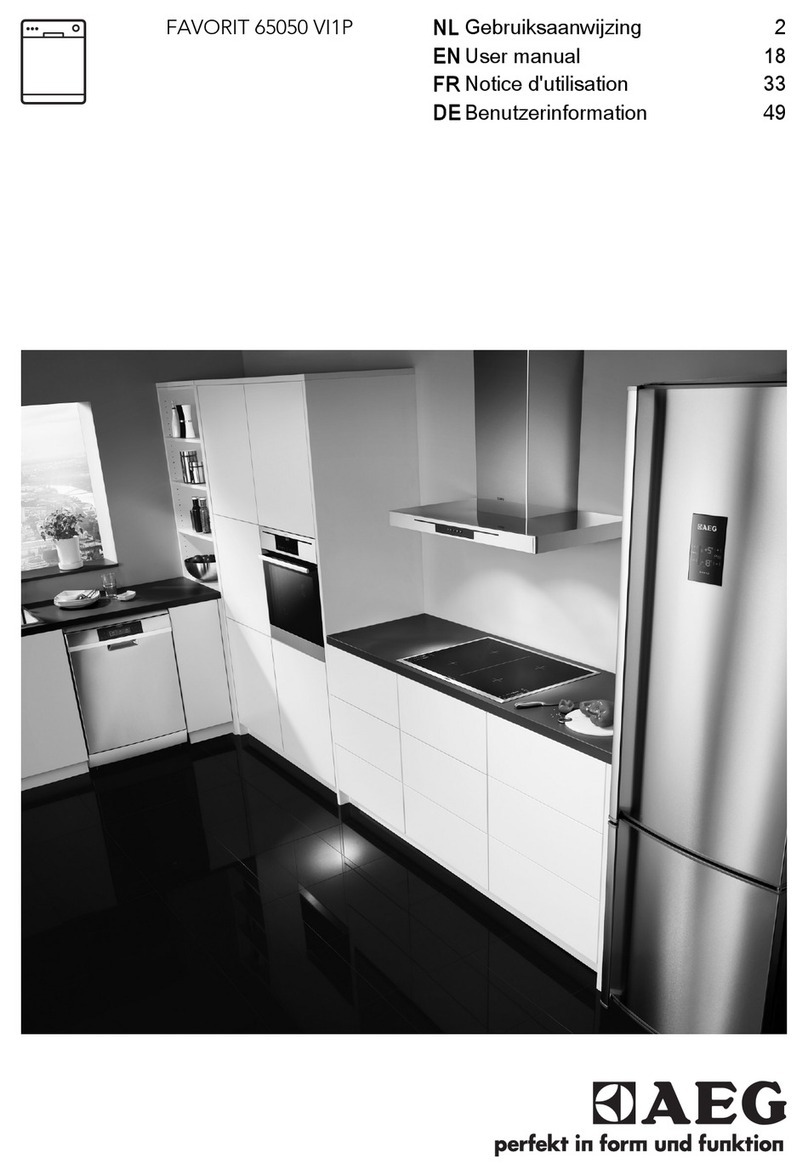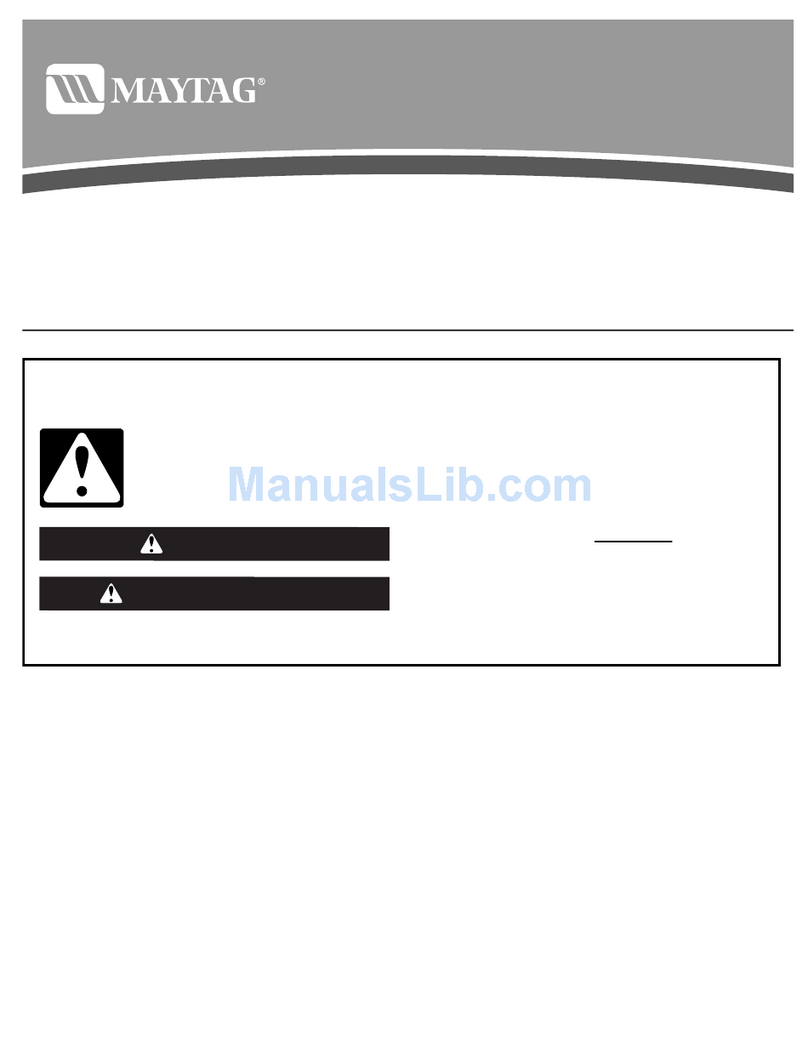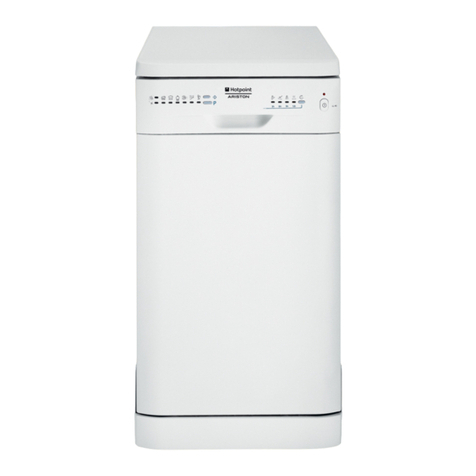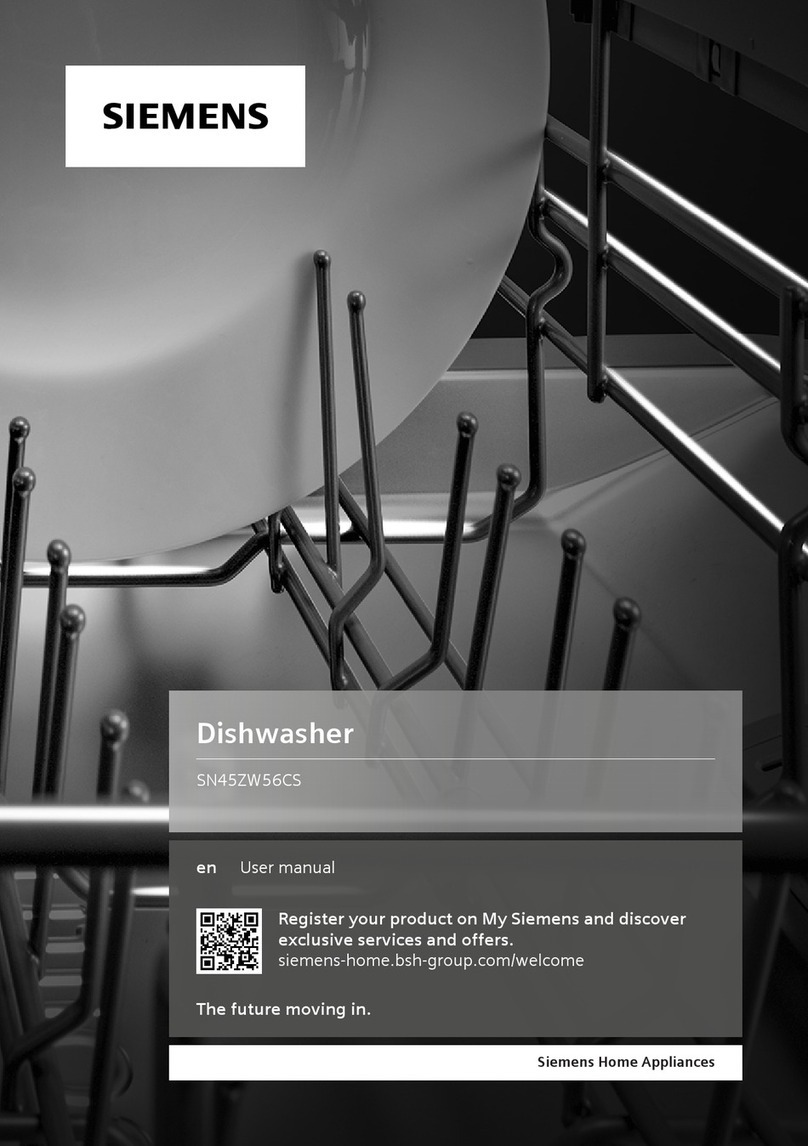
Contents
5
Display: brightness and contrast....................................................................................... 92
Switch off after .................................................................................................................. 93
Ready for operation (standby) ....................................................................................... 93
Auto-Off function........................................................................................................... 93
Switching off after activating......................................................................................... 94
Factory default................................................................................................................... 95
Software version................................................................................................................ 95
Program settings ............................................................................................................. 96
Adjusting program settings ............................................................................................... 96
Program structure.............................................................................................................. 96
Program header............................................................................................................. 96
Program blocks ............................................................................................................. 97
Opening the menu............................................................................................................. 98
Resetting a program.......................................................................................................... 98
Altering a program ............................................................................................................ 99
Allocating wash blocks.................................................................................................. 99
Spray arm monitoring.................................................................................................... 100
Changing water quantity ............................................................................................... 102
Increasing drainage time ............................................................................................... 103
Setting the concentration level...................................................................................... 104
Set wash block temperature ......................................................................................... 105
Drying assistance .......................................................................................................... 107
Process documentation.................................................................................................. 108
Outputting batch protocols retrospectively....................................................................... 111
External software........................................................................................................... 111
Report printer ................................................................................................................ 111
Maintenance .................................................................................................................... 112
Service............................................................................................................................... 112
Routine checks.................................................................................................................. 113
Cleaning the filters in the wash cabinet ............................................................................ 113
Cleaning the spray arms.................................................................................................... 115
Cleaning the machine ....................................................................................................... 117
Cleaning the control panel ............................................................................................ 117
Cleaning the door and the door seal............................................................................. 117
Cleaning the wash cabinet ............................................................................................ 117
Cleaning the front.......................................................................................................... 117
Preventing re-soiling...................................................................................................... 117
Checking wash carts, baskets, modules and inserts........................................................ 118
Performance check ........................................................................................................... 119
Problem solving guide .................................................................................................... 122
Technical faults and messages ......................................................................................... 122
Dispensing/dispensing systems........................................................................................ 123
Insufficient salt/water softener .......................................................................................... 124
Cancel with fault number .................................................................................................. 125
Process-related faults and messages ............................................................................... 129
Door................................................................................................................................... 130
Unsatisfactory cleaning and corrosion.............................................................................. 131
Spray arm monitoring/wash pressure ............................................................................... 134
Water inlet and drainage ................................................................................................... 135
